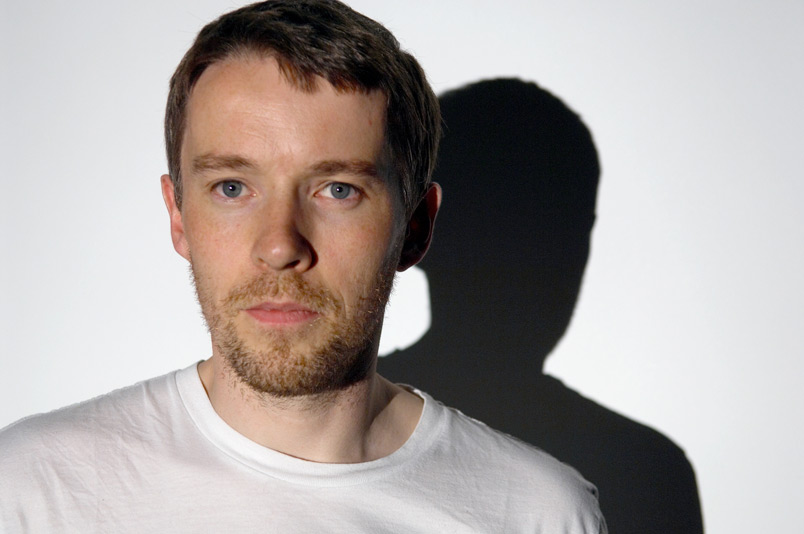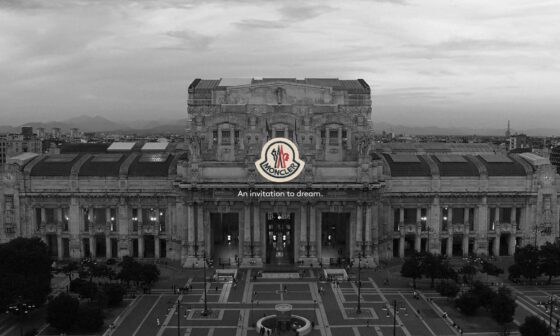Duncan Campbell’s winning artwork was a 54-minute essay film that relates to IRA martyrdom and the Marxist theory. Campbell’s educational art piece was inspired by Alain Resnais’ and Chris Maker’s work done in 1953 called Statues Also Die. It’s a piece that is aimed to discover and lament the colonial commercialization of African art.
He points out the possibility of discovering various forms of history through objects, and film, the artist points out, structuralism, realism and its faults. He especially did so through hours of archive footage, that represent the times the artist pays interest in, as he manages well to emphasise the construction of the histories and not just the primary explanation. Campbell was drawn heavily to individualism and character in the footage he explored.
The first part of his film is a direct response to the work that inspired it, he wanted to film the original African objects used in Statues Also Die. The British Museum denied him permission to film, so alternatively, he had to use replicas. Like most good art, it makes you think and criticise rather than tell you what to believe. Furthermore, Campbell was asked if he would like to follow the former Turner prize winner Steve McQueen into narrative film, working with the studios. His response: “My experience so far is that there’s a very particular way to make a film in that world and that’s something I’d need to have a think about. I wouldn’t rule it in or out”.
#Peace.Love.TurnerPrize









